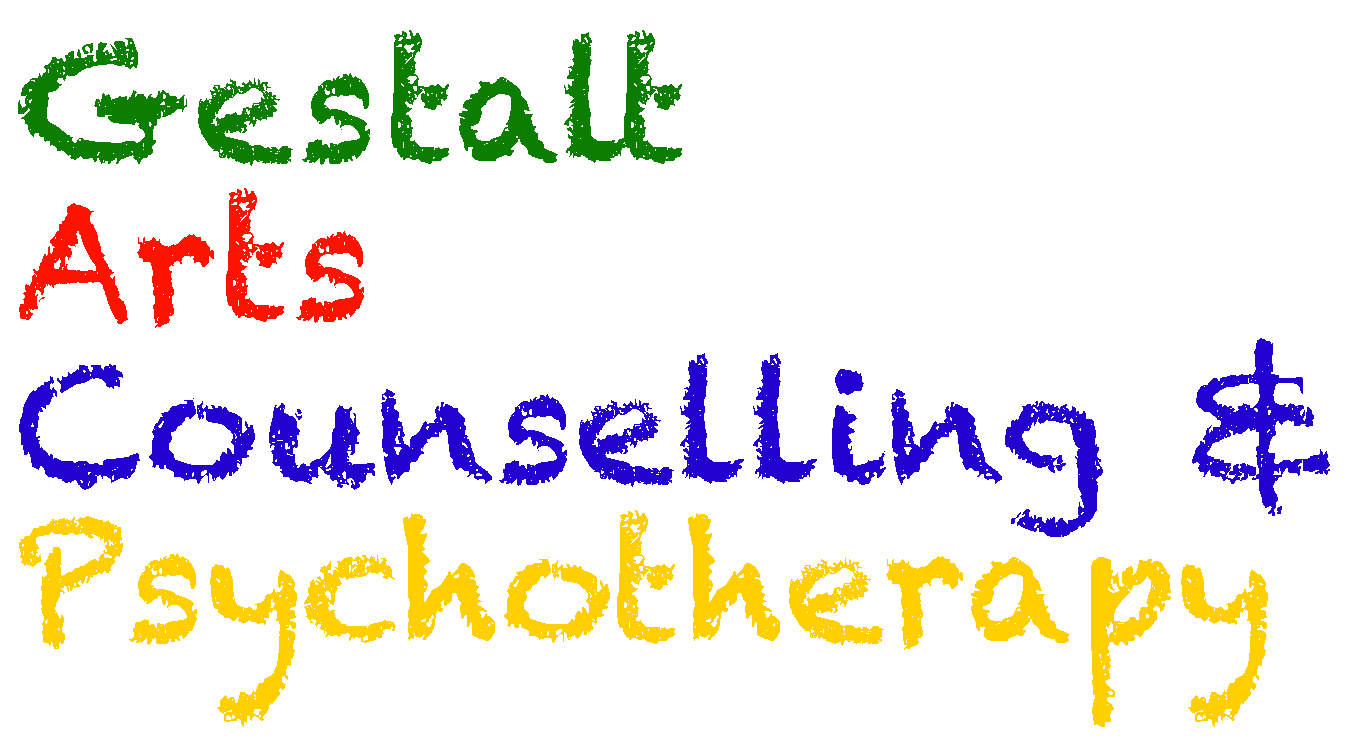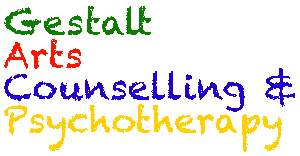This article was written ahead of a Lifemusic taster workshop I gave for the Psychotherapists and Counsellors for Social Responsibility (PCSR) in November 2015.
“Music turns life into soul. It unfolds from and expresses the mystery of time.”
Rod Paton
What is Lifemusic?
Lifemusic is an accessible, participatory form of improvised music-making. Therapeutic rather than therapy per se, it is socially inclusive and aims to enrich lives and strengthen communities.
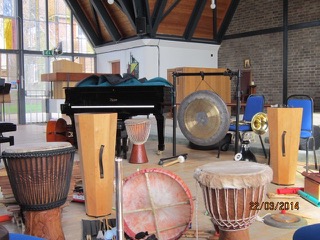 Lifemusic draws on our human capacity to create and make music. Its origins lie in community music as practiced across the globe over centuries drawing on the oral tradition, free jazz, music therapy, progressive education and world music. The approach was devised by composer/Jungian music therapist Dr Rod Paton at Chichester University in 1988. The method is unique in that it can be learned and used by both musically trained and untrained individuals.
Lifemusic draws on our human capacity to create and make music. Its origins lie in community music as practiced across the globe over centuries drawing on the oral tradition, free jazz, music therapy, progressive education and world music. The approach was devised by composer/Jungian music therapist Dr Rod Paton at Chichester University in 1988. The method is unique in that it can be learned and used by both musically trained and untrained individuals.
Lifemusic groups take place in a variety of settings: working with disabled persons, in Health and Education projects, even in the corporate sector. Courses have been taken by a broad range of people working in the caring professions.
Music is essentially sound organised in such a way that the end result carries deeper meaning and purpose. We make music to put ourselves in touch with this deeper meaning: it makes our lives more significant and connects us intimately to each other. Making music flows naturally from being human: it is a language of emotion that we all ‘speak’ from the outset and can communicate through.
Lifemusic has the following four precepts:
- everyone is musical
- there are no wrong notes
- every sound you make carries meaning
- music-making is an act of trust
There is a rich tradition of composed (notated) music in European culture. However, veneration of the ‘Western musical canon’ tends to ignore the ability of the majority of humankind to make music for themselves. Today the omnipresence of iTunes, music streaming and the music industry renders us more often than not consumers rather than creators. Yet music as sound flows naturally from us.
What actually happens in a Lifemusic workshop?
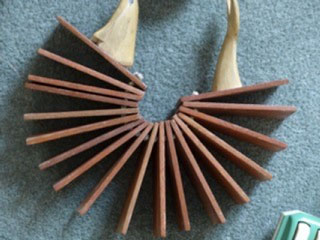 In some ways it’s easier to say what Lifemusic is not. Lifemusic is not a free-for-all, impromptu ‘jam session’. Rather it invites us to play mindfully, to remain aware of the others in the group as well as ourselves.
In some ways it’s easier to say what Lifemusic is not. Lifemusic is not a free-for-all, impromptu ‘jam session’. Rather it invites us to play mindfully, to remain aware of the others in the group as well as ourselves.
We usually begin by sitting together in a circle, with various warm-up pieces that help us develop acuity and attunement. The facilitator chooses an appropriate musical ‘holding form’, (rhythm or chant etc) which provides containment and a focus. The group adopts and adapts this holding form until it is eventually jettisoned as the group begins to ‘follow the muse’, tracking and responding to freshly emergent themes.
Whilst exploring making our own sounds we also listen and respond to each other’s playing. For example if you play a triangle softly and I play a drum without awareness, hitting it too vigorously, I will probably drown you out; I certainly won’t hear your contribution. I need to find a way of equalizing my sound so I can hear everyone else as well as my own. Conversely if you are playing a quiet instrument you may strive to find ways of raising your volume, to make yourself heard too.
In Lifemusic we use a range of simple ‘instant access’ instruments that anyone can play without prior experience or skill. Many are percussion-based, constructed from skin, string, metal and wood. We may use our voices too in extempore fashion.
What Lifemusic offers PCSR members
- We live in a society that privileges verbalising and visual perception. Lifemusic offers us an opportunity to refocus using embodied listening and responding.
- Lifemusic encourages us to approach chaos and dissonance with an open mind.
- The focus on spontaneity in Lifemusic helps us develop our capacity for flexible responding.
- Lifemusic brings us back to the sounds of the natural world and thus back into co-regulation with our wider environment.
In summary
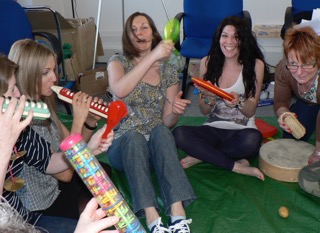 This ‘taster’ workshop offers a brief introduction to some of the forms and notions of a Lifemusic approach. There will be opportunity to reflect on the process at intervals, particularly towards the end of the session. You are welcome to bring your own (acoustic) instruments, though I will provide enough for everyone to join in.
This ‘taster’ workshop offers a brief introduction to some of the forms and notions of a Lifemusic approach. There will be opportunity to reflect on the process at intervals, particularly towards the end of the session. You are welcome to bring your own (acoustic) instruments, though I will provide enough for everyone to join in.
Finally some useful questions we may consider during the session:
- How do we tell when a piece is finished?
- What was the quietest sound? Did anyone NOT play?
- Where were your eyes? Looking at other participants, or at your instrument, at the collection of instruments in the room?
References
- Blend, J (2009) I Got Rhythm: Music- Making with Children and Adolescents. J of International Gestalt Therapy, 32 (2) 165-181
- Berendt, J (1987) Nada Brahma: The World is Sound: Music and the Landscape of Consciousness. US, Destiny books
- Dolgin, H. “Jazz and Gestalt, The Art of Being in The Moment” (online article by American psychotherapist / saxophonist Hana Dolgin) www.womans-connection.com/allinthemoment
- Paton, R (2012) Lifemusic: Connecting People to Time. Dorset, Archive publishing, www.transpersonalbooks.com
- Walker, S and Paton, R (2014) Lifemusic as an aid to recovery in a forensic mental health setting. J of Psychiatric Intensive Care NAPCU 2014:00:1-6
“Music is a world within itself. With a language we all understand.”
Stevie Wonder
